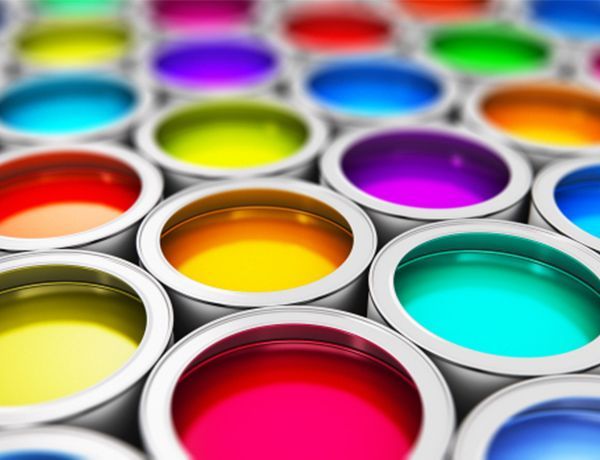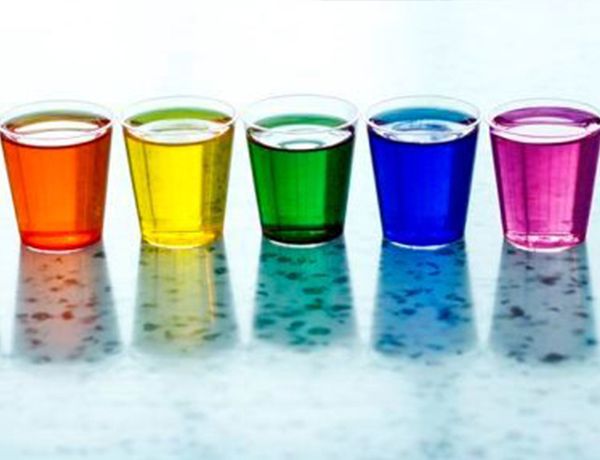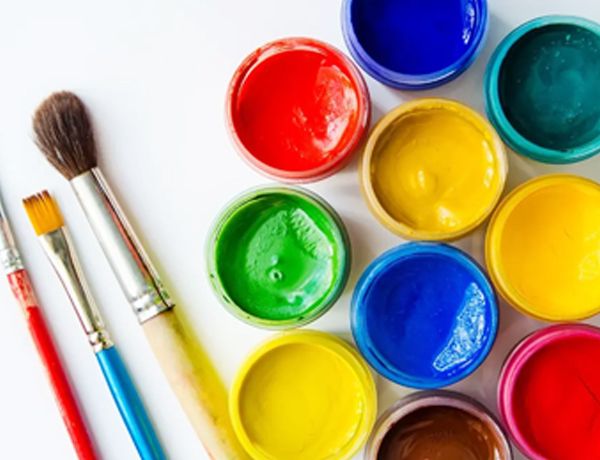
There are many types of materials for coatings, inks, and adhesives, and their physical properties are also different, such as particle size, viscosity, surface tension, conductivity, pH value, etc. In order for this kind of slurry to maintain good chemical and physical properties during LONGLY grinding, it is necessary to solve the chemical reactions, agglomeration, precipitation and other phenomena that may occur during storage when using a sand mill or sand mill production line.
For paints and coatings, whatever the application is, superior protection and good looks are essential.
Paint is a coating material based on organic binders and, depending on the composition of the binding agent, can contain organic solvents and/or water. The organic or inorganic pigments that are finely dispersed in the binder give the paint its color. In general, paint is composed of binders, solvents, fillers, pigments and additives. For the most part, the binder is colorless and cross-links the respective substrate with the pigment, which gives the painted surface the desired color quality. After the paint has been applied, the solvent evaporates and the color solidifies and dries.
Our versatile bead mill solutions guarantee reliable manufacture of high quality paints and coatings. From automotive to marine and industrial applications, we can help you produce the right quality with remarkable efficiency.

Everyday we open up eyes to see colorful objects around us. The elements and substances that make everything colorful are, on the one hand, divided according to the chemical structure into inorganic and organic colorants. On the other hand, the designation pigment or dye is geared toward how the colorant behaves in a particular medium. Therefore, the distinction between pigment and dye is not rigid and a single substance can be both a pigment and a dye at the same time.
Pigments are made up of particulate matter that is insoluble in its vehicle and therefore must be finely dispersed in a binding agent. Due to their optical properties they are used as chromophoric substances, for example in paints, printing inks or Inkjet inks or, thanks to special technical and chemical properties, as anticorrosive agents for example.
Dyes are also inorganic or organic colorants which, in contrast to pigments, are completely soluble in their vehicle (water or organic solvents). They are used, for example, to color textiles (textile dyes), plastics and plastic fibers and as chromophoric substances in food technology, e.g. beta-carotene in soft drinks.

Printing inks are finely dispersed, liquid to pasty mixtures which are made up of colorants such as pigments, binders (oil-varnish) and additives such as thinners, wax dispersions, etc. They are widely used in printing machines to print a wide variety of materials such as paperboard, paper, foil, plastic, metal, leather, etc.
The shape of these materials may be flat, cylindrical…. The composition of the printing inks depends on the printing method and the substrate to be printed.
Urbanization, personalization, smaller sizes and increased regulations are just some of the changing demands printing ink and packaging producers face today.
Our innovative mills, process engineering, and application experience, can help you to meet these challenges, while improving your product quality and profitability.
Our market-leading printing ink manufacturing solutions include cutting-edge mills and complete plant solutions. Each is designed to improve product quality and reduce production costs in your packaging, liquid and pasty printing inks.


-1(1).webp)